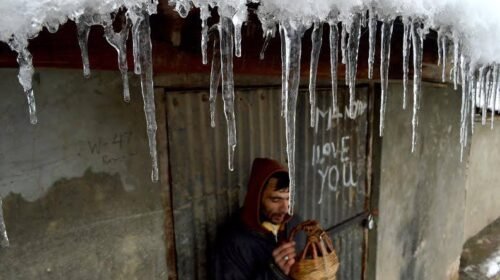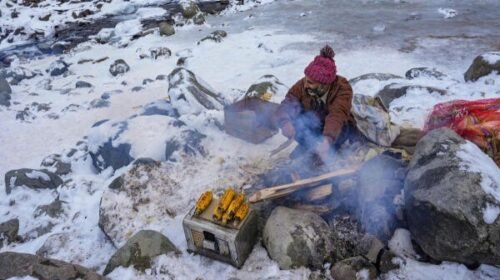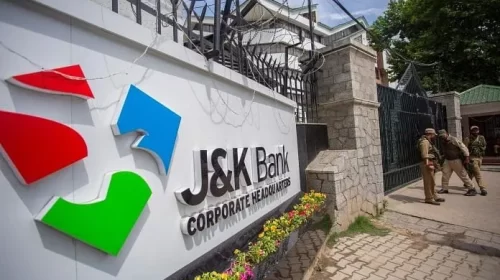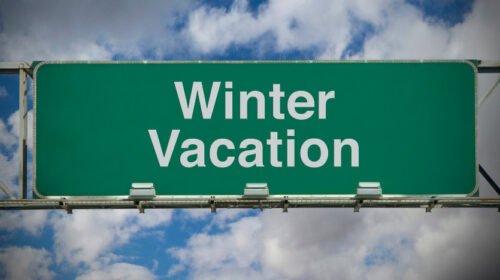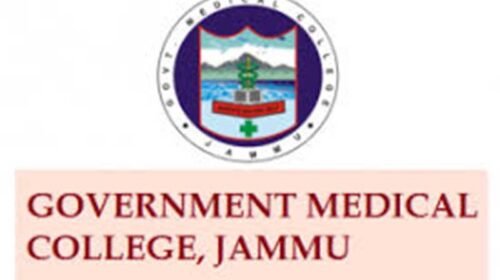With India still reeling from the sudden demise of its first Chief of Defence Staff (CDS) General Bipin Rawat in the fateful helicopter crash on December 8, the immediate challenge is to fill the vacant position of the country’s highest military position.
The government especially the defence establishment has this task of choosing the next Chief of Defence Staff (CDS).
General Bipin Rawat had superseded two army officers when he was appointed the Indian Army chief. His appointment as the CDS by December-end 2019 came naturally given his experience in handling tough situations in both the eastern and western sectors.
According to reports, the government is likely to make the appointment of the next CDS in a week’s time.
Criteria For New CDS
There are no fixed rules for the selection of the CDS. It is principally a decision that the government takes keeping in mind the border security challenges.
The basic criteria for appointment of the CDS are simple. Any commanding officer of the three services – Indian Army, Indian Air Force (IAF) and Indian Navy – is eligible for the post of the CDS.
The government has to take a decision on the basis of merit-cum-seniority of the military officer. The person holding the post of CDS should not be older than 65.
Possible Candidates
Of the three serving chiefs of the armed forces, Indian Army chief General MM Naravane is the senior-most officer in the military after General Bipin Rawat. General Naravane has a tenure till April 2022 as the Indian Army chief.
General Naravane took over as the Indian Army chief from General Bipin Rawat on December 2019. This also places him top on the list of seniority compared to two other chiefs of the armed forces.
He previously served as Vice Chief of the Army and prior to that headed the Eastern Command of the Army which takes care of India’s nearly 4,000-km border with China.
He was also part of the Indian Peace Keeping Force in Sri Lanka and had served as India’s defence attache at the Indian Embassy in Myanmar for three years. He was appointed to the Army War College as Directing Staff in the Higher Command Wing, and served two tenures at the Integrated Headquarters of MoD (Army), New Delhi.
Naravane is an alumnus of the National Defence Academy and the Indian Military Academy. He is an alumnus of the Defence Services Staff College, Wellington and Higher Command Course, Mhow. He holds a Master’s Degree in Defence Studies, an M.Phil Degree in Defence and Management Studies, and is currently pursuing his Doctorate.
The two other service chiefs are relatively new in their positions. Air Chief Marshal VR Chaudhary took over as the IAF chief on September 30 this year while Admiral R Hari Kumar became the Chief of Naval Staff on November 30.
Meanwhile, Former Air Chief Marshal RKS Bhadauria is also a front runner alongwith Naravane.
Bhadauria joined the fighter stream of IAF in June 1980 and retired after 42 years of service during which he was the architect of two mega fighter aircraft deals which included 36 Rafales and 83 Mark1A indigenous Tejas jets. Bhadauria has clocked over 4,250 hours of flying and has experience on over 26 different types of fighter jets and transport aircraft.
During his tenure as chief of the Air Force, India and China were locked in a bitter dispute on the eastern border in the Ladakh region. The Indian Air Force had deployed most of its frontline fighters in key frontier airbases along the Line of Actual Control as ties remained highly strained for months.
READ ALSO: Who was General Bipin Rawat And His Role in Kashmir.
READ ALSO: How did the “Very Safe” Mi-17 Helicopter Crash? Bad Weather or Faulty Chopper?





